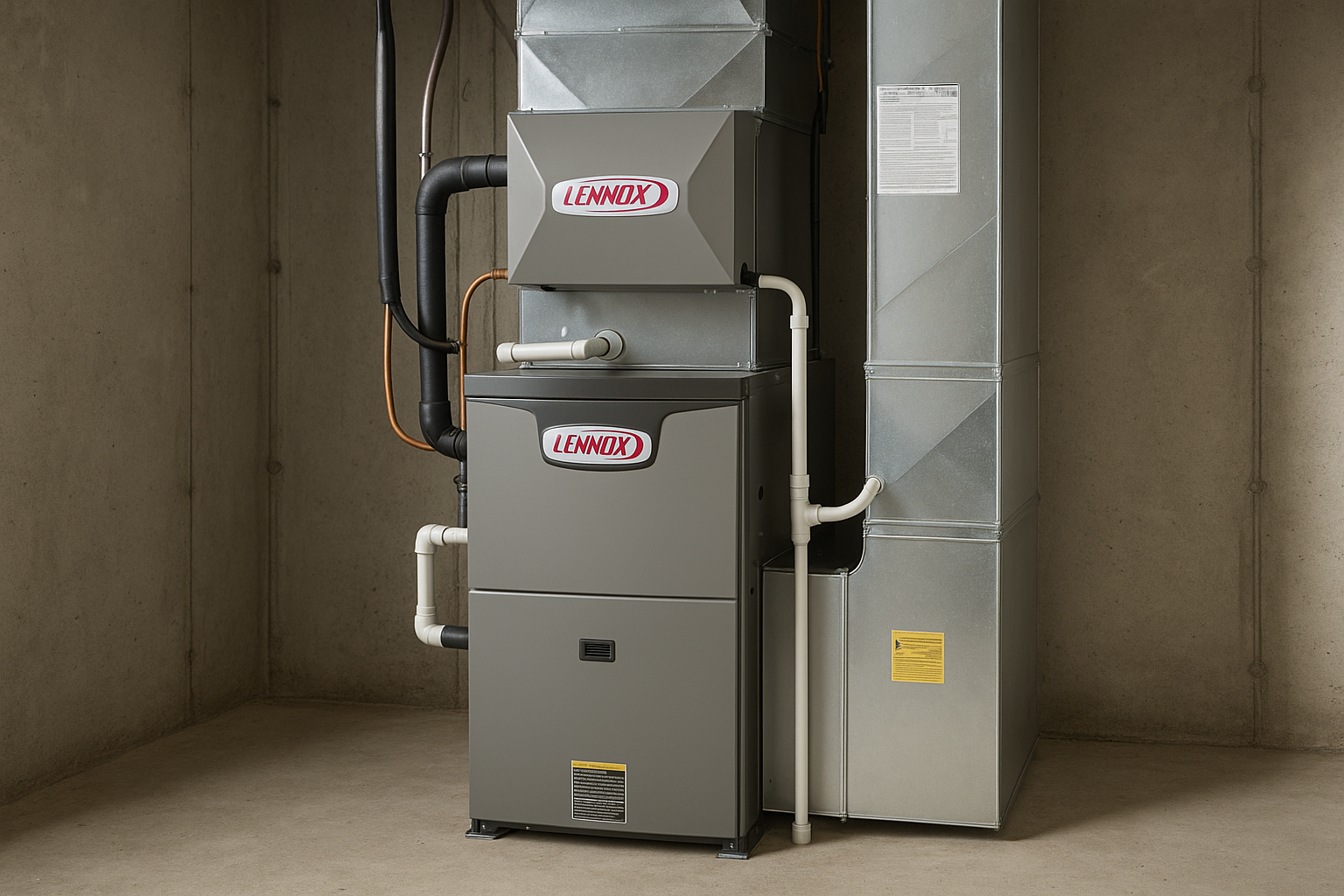
Why a Full HVAC Replacement Beats Piecemeal Fixes Every Time
This post is not meant to say that every time a part goes bad, you should replace the entire
system. When to replace is a whole different subject. This post assumes you have already decided to replace a significant part of your HVAC (heating & air conditioning) system.
The information that follows may not apply in all cases. For example, if your system is still under warranty, the replacement is done at no cost or at a reduced price. Usually, in this situation, the system is still relatively new, and a matched replacement is being provided.
When an HVAC component fails, it’s tempting to replace that one part (coil, furnace/air handler, condenser) and leave the rest in place. After all, it is cheaper now. The problem is, what seems more affordable in the short term almost always leads to higher costs, more repairs, and frustration down the road. Here’s why replacing the complete HVAC system at once is almost always the more intelligent decision.
1. Matched Components = Maximum Efficiency
HVAC systems are engineered as integrated systems. The indoor unit, outdoor unit, controls, refrigerant type, and airflow — they’re all designed to work together. When you mix new and old components, you’re very likely to compromise performance:
- The system may not “talk” properly, causing inefficiencies
- The new unit works harder to compensate for aging parts
- Overall energy use (and bills) will go up
In contrast, a full replacement ensures all parts are matched, optimized, and operating at top performance.
2. Longer Lifespan & Fewer Breakdowns
A new component hung on an older system is under stress. The weak link (usually the older parts) will drag the rest down. Over time, this mismatch increases wear and tear across the board, shortening the life of even the new parts. A full-system replacement removes those weak links and gives you a fresh, reliably balanced system.
3. Technology & Compatibility
New HVAC systems include advances in efficiency, control, and performance:
- Modern refrigerants (e.g., R‑410A, R‑454B) often aren’t compatible with older systems
- Smart thermostats, zoning, variable-speed blowers, and advanced filtration systems require newer hardware
- Upgrading piecemeal means you miss out (or run into compatibility headaches)
By doing a full replacement, you get all the modern benefits out of the box.
4. Reduced Labor & Installation Cost
Replacing both indoor and outdoor units at once means you:
- Pay for one mobilization and one set of labor hours
- Avoid having to redo parts of the installation later
- Often qualify for bundled discounts, rebates, or financing deals
If you replace one half now and the other later, you’ll end up repeating costs you could’ve avoided.
5. Solid Warranty & Peace of Mind
A complete system installed by a professional often comes with strong, unified warranties (e.g., 10 years or more on parts and compressors). If components aren’t compatible, partial warranties may be voided. With a full system, your warranty covers the whole package, providing better protection for both homeowners and you, as the service provider. You may also run into issues with labor warranties. Many companies offer a one-year labor warranty. How can that work with an integrated system when you have replaced one-third to two-thirds of it? Many companies will not provide you with the labor warranty because of the difficulties of warranting part of a complete system. Then, when you replace the next part of the system, you have the same problem.
6. Consistent Comfort & Performance
When a system is matched and balanced, it delivers:
- Better fuel efficiency
- Even temperatures throughout the home
- Better humidity control
- Quieter and smoother operation
Patchwork systems often lead to rooms that never quite feel right, extra noise, or systems that cycle too quickly.
Bottom Line
While replacing just one component might look cheaper now, it usually results in higher utility bills, more frequent breakdowns, compatibility issues, and reduced longevity. A complete HVAC replacement gives optimum performance, consistent comfort, stronger warranties, and lower lifetime cost. It’s not just about fixing what broke — it’s about upgrading your home’s comfort for years to come.
